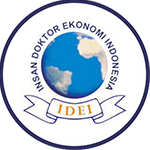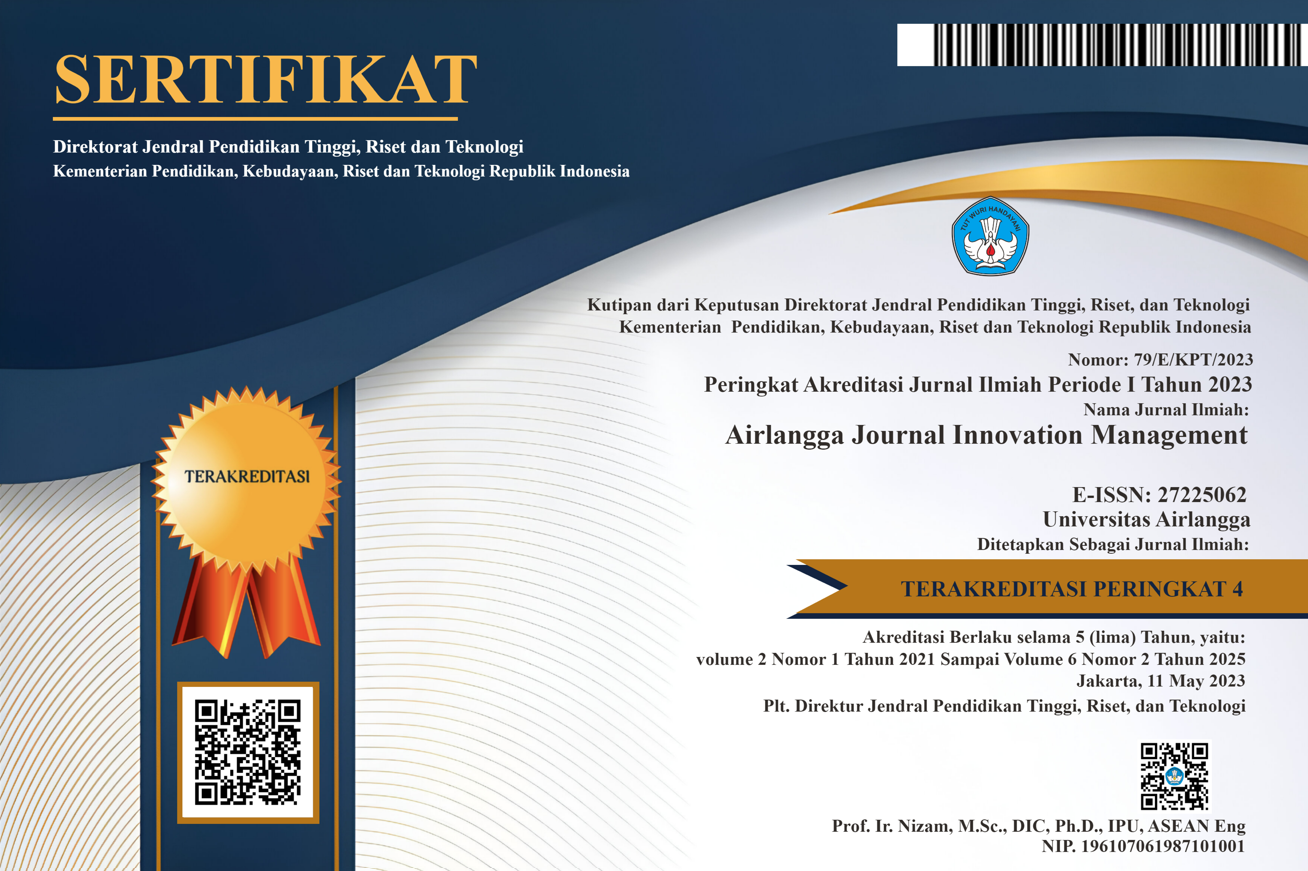A PLANNING MANAGEMENT MODEL OF PRODUCTIVE WAQF PRACTICE
Downloads
The purpose of this study is to determine productive waqf minimarket's planning management model in the Al-Khaibar minimarket. This study uses a descriptive qualitative approach. The strategy uses to answer the problem formulation in this study is a case study with explanation building analysis techniques. Data collection is done by in-depth interviews, observation, and documentation. The result obtained from this study is the Al-Khaibar minimarket planning management model in terms as one of management functions proposed by G.R. Terry. Planning from the Al-Khaibar minimarket began with the formation of Nadzir, until the expansion plans of the minimarket branches. So far the Al-Khaibar management has been running well as seen from the minimarket that can continue to operate until now to have 5 minimarket branches. In addition, the turnover of the Al-Khaibar minimarket tends to increase every year. The planning management model can bring any insight for future research and become reference for related stakeholder especially other nadzir who need information about productive waqf planning to develop their productive waqf in the minimarket sector.
Anantha, Ardian. 2016. Pengelolaan Wakaf Uang Pada Jihad Fisabilillah di Rumah Sakit Islam UNISMA. Surabaya: Perpustakaan Universitas Airlangga
Anas, A., & Ryandono, M. N. H. (2016). Wakaf Produktif Dalam Pemberantasan Kemiskinan Melalui Pemberdayaan Ekonomi Di Yayasan Nurul Hayat Surabaya. Jurnal Ekonomi Syariah Teori Dan Terapan, 4(3), 253–267
An-Na'im, Abdullahi Ahmed. Islam and the Secular State: Negotiating the Future of Shari'a, Cambridge: Harvard University Press, 2008.
Ardlia, H. A. (2018). Eksplorasi kinerja lembaga wakaf produktif dengan metode balance scorecard: Studi kasus nadzir wakaf produktif minimarket Al-Khaibar (Doctoral dissertation, Universitas Islam Negeri Maulana Malik Ibrahim).
Bungin, M.Burhan. 2007. Penelitian Kualitatif : Komunikasi, Ekonomi, Kebijakan Publik, dan Ilmu Sosial. Jakata: PT. Fajar Interpratama Offset
Departmen Agama. 2008. Model Pengembangan Wakaf Produktif. Jakarta: Direktorat Wakaf
Direktorat Pemberdayaan Wakaf. 2015. Himpunan Peraturan Badan Wakaf Indonesia. Jakarta: Kementrian Agama Republik Indonesia
Direktorat Pemberdayaan Wakaf. 2015. Strategi Kemitraan Nadzir dan Lembaga Wakaf Dalam Mengembangkan Wakaf. Jakarta: Kementrian Agama Republik Indonesia
Direktorat Pemberdayaan Wakaf. 2015. Tanya Jawab Tentang Wakaf Uang.
Jakarta: Kementrian Agama Republik Indonesia
Hasibuan, Malayu S.P. 2016. Manajemen Dasar, Pengertian, dan Masalah. Jakarta : PT. Bumi Aksara
Kotler, Philip dan A.B Susanto. 2000. Manajemen Pemasaran di Indonesia, Buku
II. Jakarta: Salemba Empat
Kotler, Philip. 2004. Manajemen Pemasaran. Jakarta: PT. Indeks Kelompok Gramedia
Katsir, Ibnu. 2003. Tafsir Ibnu Katsir Jilid 1. Bogor: Pustaka Imam Syafi'i Katsir
Millett, J. D. (1954). Management in the public service.
Najib, Tuti A., Ridwan al-Makassary (ed.), 2006, Wakaf, Tuhan, dan Agenda Kemanusiaan: Studi tentang Wakaf dalam Perspektif Keadilan Sosial di Indonesia, Jakarta: kerjasama The Ford Foundation dan CSRC.
Siswanto, H. B., Ma'ruf Sya'ban, S. E., Ak, M., & Rusmawati, Z. (2016). Analisis Break Even Point Terhadap Perencanaan Laba Cv. Uul Anugerah Surabaya (Doctoral dissertation, Universitas Muhammadiyah Surabaya).
Stoner, J. A., & Charles, W. (1986). Manajemen (Alih Bahasa Wihelmus W. Bakowatun). Jakarta: Intermedia.
Sukarna. 2011. Dasar- Dasar Manajemen. Bandung : CV. Mandar Maju Tjiptono, Fandy. 2002. Strategi Pemasaran. Yogyakarta: Penerbit Andi
Terry, G. R. (1977). Principles of management. McGraw-Hill/Irwin.
Tjiptono, F. (2019). Strategi pemasaran.
Wirartha, I Made. 2016. Metodologi Penelitian Sosial Ekonomi. Yogyakarta: Andi Offset

This work is licensed under a Creative Commons Attribution-NonCommercial-ShareAlike 4.0 International License.
- The journal allows authors to hold copyright without restrictions and retain publication rights without restrictions. The author retains the copyright and grants the first publication rights to the journal, with his work simultaneously licensed under the Creative Commons Attribution-NonCommercial-ShareAlike 4.0 International License (CC BY-NC-SA). This license allows others to share the work with acknowledgment of authorship and initial publication in this journal, provided that the work is not used for commercial purposes and that any derivative works must use the same license.
- Authors may enter into additional contractual agreements for non-exclusive distribution of the journal publication version (e.g., uploading it to an institutional repository or publishing it in book form), while still including acknowledgment of the initial publication in this journal.
- Authors are allowed and encouraged to upload their work online (e.g., in an institutional repository or personal website) before and during the submission process. This can support productive scientific exchanges as well as increase citations to published works.

AJIM by UNAIR is licensed under a Creative Commons Attribution-NonCommercial-ShareAlike 4.0 International License.





















